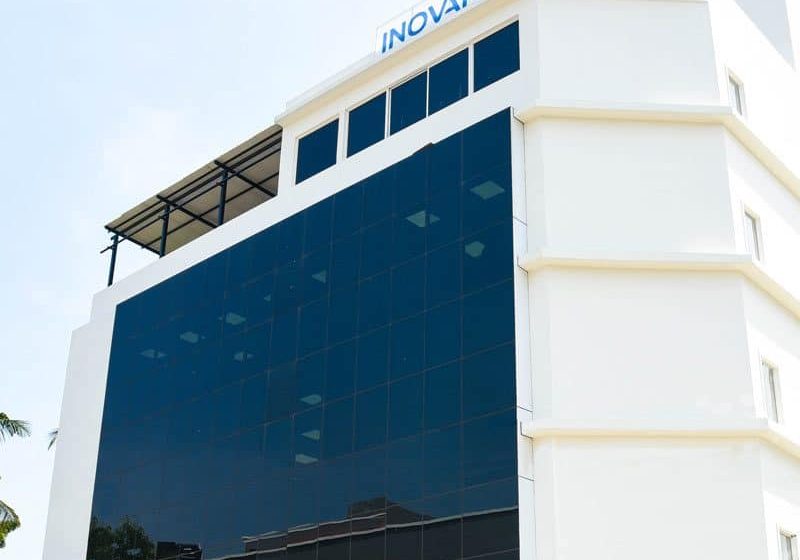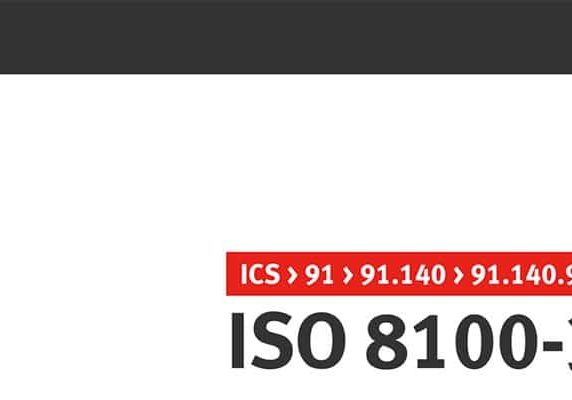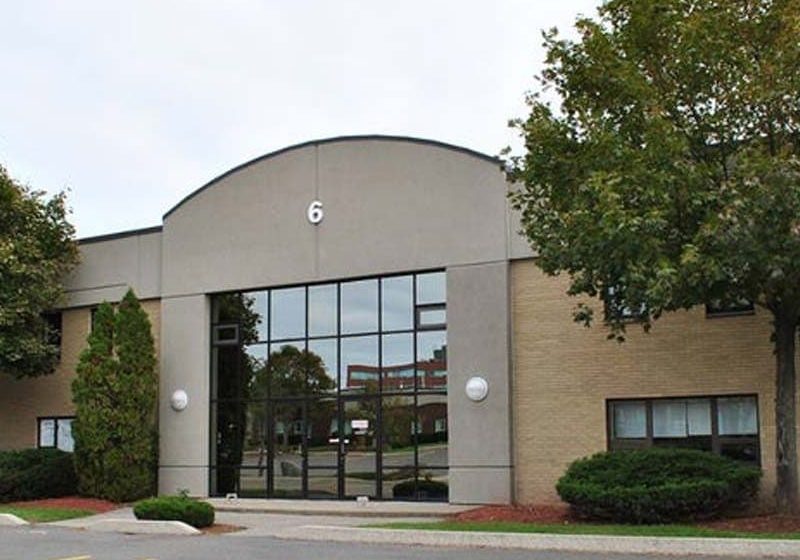Insurance Market Considerations
Mar 1, 2021

This Readers’ Platform from Chicago-based insurers details best practices for U.S. industry decision makers in the U.S. in these unprecedented times.
by Matt Dennett and Nick Scodro
The insurance market was already hardening, driven by elevated catastrophe losses and the rising cost of litigation, as we entered 2020. As a specialized class of business generally viewed by insurers as higher-risk, the elevator industry has experienced significant disruption as the market has shifted. Most elevator businesses have been affected in some fashion. Those with large excess limits or large vehicle fleets have felt the most pressure, as have those with any significant losses in their recent history.
As 2021 begins, the market has continued to tighten. While some companies that experienced a substantial readjustment in 2020 may not be as severely impacted, the market is not providing relief for those who hoped any increase in rates would be short-lived. To mitigate the impact of a difficult insurance market, now is an excellent time to prioritize safety and risk-management initiatives.
As we look back on 2020, the dominant stories in the insurance industry reflected the shocks experienced by the country more broadly:
- COVID-19: The insurance industry’s ultimate losses from the pandemic will not be known for years, but they will be significant. Among other impacts, the insurance industry will absorb losses and defense expenses for a wide range of COVID-19 liability claims, employment practices and directors-and-officers liability claims, and elevated levels of cybercrime. Additionally, insurers in jurisdictions outside the U.S. will pay on certain business interruption losses, and carriers will likely spend years dealing with such claims in the U.S. All told, the global insurance industry’s losses from COVID-19 are expected to pass US$100 billion.
- Civil unrest: Over the summer, businesses around the country experienced losses related to looting and civil unrest. The volume and severity of claims was a hit to insurer profitability. According to the Insurance Information Institute, total losses related to civil unrest could exceed US$2 billion, the largest year on record for such claims. While this is dwarfed in scale by COVID-19 and weather-related catastrophes, its impact is strongly felt among small businesses, including retailers and restaurants most severely hit by the pandemic.
- Macroeconomic policy: While equity markets held up remarkably well in 2020, most insurers rely on “normalized” interest rates to drive their investment income. As policymakers have utilized virtually every tool available to ease monetary policy, insurers’ investment outlook has been strained. This has put more pressure on the underwriting side of the business to drive profitability.
These shocks extended and compounded a difficult period for the insurance market. Looking through 2021, we expect the market tightening to continue, though with some adjustments to the outlook. We continue to see significant challenges in the excess/umbrella markets. Insurers have been hit hard by social inflation — the increasing prevalence and costliness of litigation and the willingness of juries to hand down large verdicts. This has caused many carriers to reevaluate their position in the umbrella market, often deciding to pull back on limits or exit the market entirely.
The best strategy for reducing costs is to implement clear and consistent safety and training practices.
Automobile insurance rates are still expected to increase but at a more modest rate and with fewer insureds experiencing severe disruption than in recent years. Safety procedures and driver quality are paramount. Increasingly, we have seen companies adopt technologies designed to improve fleet and driver safety, including apps for vehicle inspections and Global Positioning System monitoring for vehicles. While this does not have an immediate impact on insurance costs, measures to improve fleet safety can significantly reduce losses and keep insurance rates down over time.
Workers’ compensation had been a relative bright spot in the market, but rates are beginning to turn. During 2020, we saw several market indexes show upward trends in workers’ compensation pricing. That said, with the importance of its specific loss history, this is still an account-by-account negotiation, and we have seen some carriers willing to be competitive. The best strategy for reducing costs is to implement clear and consistent safety and training practices.
Cyber insurance that includes coverage against fraud is increasingly available and competitively priced. We continue to recommend that clients closely evaluate their cybersecurity and electronic payments practices. With many businesses conducting more transactions electronically and with the shift to remote work forcing modifications to normal security practices, there has been a significant increase in payment fraud and other cybercrime.
Employment-practices insurance has been deeply affected by the pandemic. With companies experiencing financial stress and making decisions about furloughs, layoffs and other fraught issues, claim levels are expected to be high. Carriers have been enacting stricter underwriting standards and taking rate increases across most accounts.
While not a major cost driver for most elevator businesses, property insurance rates will continue to climb, and overall capacity will be challenged for higher hazard risks. In addition to the aforementioned losses, the insurance industry absorbed US$83 billion of catastrophe losses in 2020, the fifth-highest year on record. The increasing rate of weather-related events is an ongoing driver of property insurance pricing: three of the five worst catastrophe years (since records start in 1970) have occurred since 2017.
The pain of a hardening market has not been evenly distributed. Underwriters are closely evaluating the operations and loss histories of insureds. Companies with clean loss history and lower complexity operations have managed with moderate rate increases. For clients with loss history or higher-hazard operations, however, the market has imposed significant rate increases — in some cases more than 50% or even 100% — along with a tightening of coverage terms.
To help plan for renewal, we strongly recommend management teams review any outstanding risk-control recommendations and remediate issues their insurers have identified. Additionally, we encourage companies to closely review their legal contracts and indemnification language to ensure it limits risk as much as feasible. Over the last 12-18 months, we have consistently seen carriers scrutinize insureds’ risk-management practices and make more stringent underwriting decisions than they have in the past. Your insurance advisors may be able to provide resources to support safety policies, fleet maintenance programs and other risk-management measures. Elevator industry groups around the country can provide helpful resources regarding safety training and best practices.
While we’ve tried to highlight overall themes driving the market, each account has unique exposures and coverage needs. If you have questions or concerns about your own risk factors and the insurance outlook for your business, reach out to a trusted advisor.
To help plan for renewal, we strongly recommend management teams review any outstanding risk-control recommendations and remediate issues their insurers have identified.

Nick Scodro has been head of business development at RBN Insurance Services since 2017. He oversees RBN’s growth strategy and business development. Scodro was previously a vice president in the financial institutions group at Goldman Sachs. He is a graduate of Columbia University and the University of Chicago Booth School of Business.
Get more of Elevator World. Sign up for our free e-newsletter.









